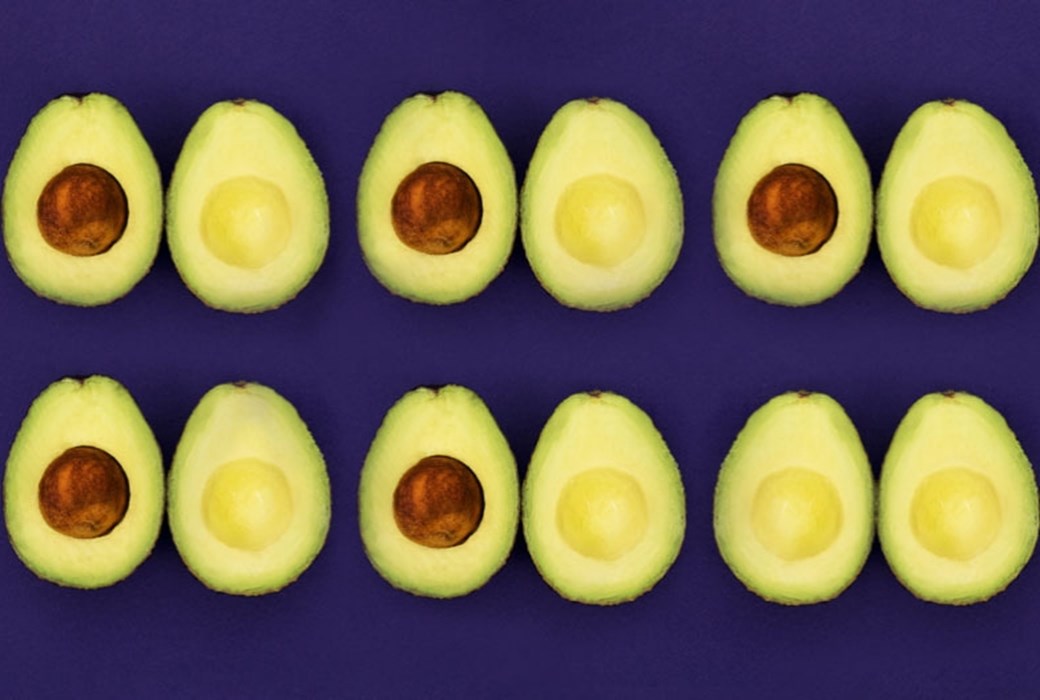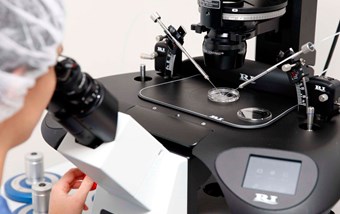With this in mind, we have compiled a variety of important fertility facts and figures. We hope you find these informative, rather than worrisome or scary. If you have any questions about these facts, or any general questions about your fertility, please do not hesitate to get in contact.
Here are 11 fertility facts and figures we feel you need to know about:
Fact 1: A woman only has a 20% chance of conceiving at 30 years
A 30 year old woman with a normal functioning reproductive system has only a 20% chance of conceiving in any given month. A healthy 40-year-old woman has a 5% chance of getting pregnant each menstrual cycle.
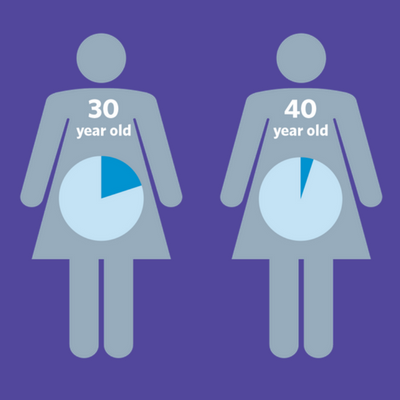
Fact 2: After 35, a woman’s chance of conceiving dramatically declines
After 35, the number of eggs a woman has, and the health of those eggs, starts to dramatically decline (hence the drop seen in Fact 1).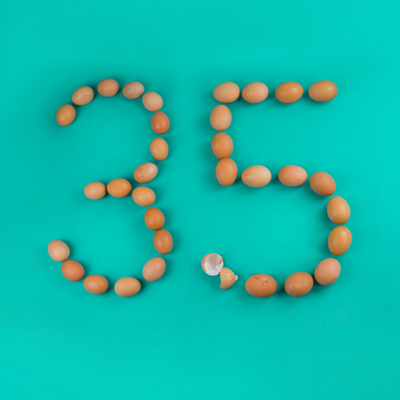
As a result of this, many women are making the active decision to freeze their eggs before the age of 35. You can read more about this in Dr Geeta Nargund’s article in the Huffington Post
Keeping your weight within the optimal BMI range of 20-25 is the single most important lifestyle factor that can affect your fertility.
Several studies have found that being overweight or underweight can negatively affect your fertility. This can also increase health and safety risks during IVF treatment.
Fact 4: 80-90% of couples will fall pregnant within a year
Out of every 100 couples trying for a baby, 80 to 90 will get pregnant within 1 year. The rest will take longer, or may need help to conceive.
Fact 5: 1 in 6 couples have problems getting pregnant
Around one in six couples can have difficulty conceiving. This is approximately 3.5 million people in the UK.

As this figure is so high, and the NHS criteria is strict, there is an ongoing campaign by the Fertility Network aiming to raise awareness of this issue and bring the debate to Parliament.
Fact 6: A woman is born with all of the eggs she will ever have.
A woman has six to seven million eggs prior to being born. This slowly declines with age via a process called ovarian follicle atresia, leaving women with approximately 300,000 eggs by the onset of puberty.
Fact 7: 1 in 3 couples is affected by low sperm count

Fact 8: Smoking, alcohol and caffeine intake effects fertility
Fact 9: You may not be eligible for IVF on the NHS as a same sex couple
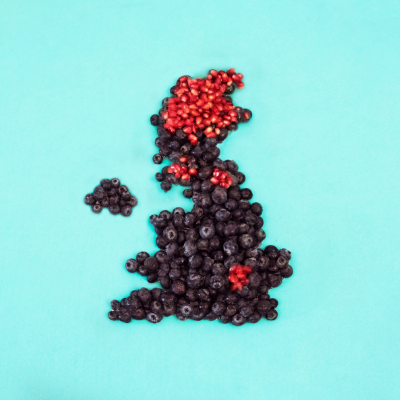
Fact 10: Moderate exercise can improve fertility
- A minimum of 30 minutes of moderate exercise on 5 days each week
- Or at least 20 minutes of vigorous exercise on 3 days each week
Fact 11: You're more likely to fall pregnant at certain times in the month
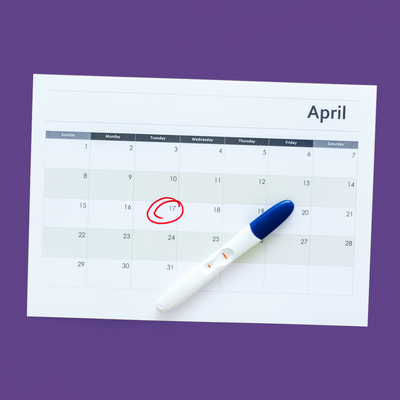
Hence many women are taking part in the Fertility Network’s #Scream4IVF campaign. This aims to raise the issue of NHS funding for IVF to be debated in parliament.
You can find out why people are choosing abc ivf here. Otherwise, if you would like to speak to an abc ivf advisor, you can contact us on 0330 0580 800 or leave us a message here. Whatever your situation, we are happy to listen and we are happy to help!
